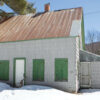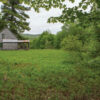Final visit for 2018
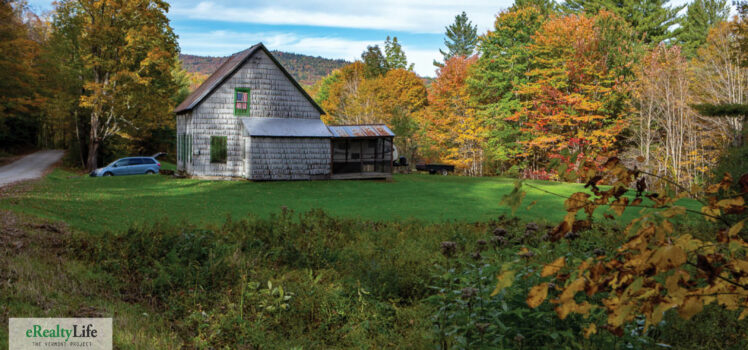
Tourism is the heartbeat of Vermont — almost 13 million people visit the state annually. By the numbers, summer months are the most popular, but the impact isn’t felt as much because those visits are spread over several months. When the seasons start to change, and the leaves with them, the gloves come off. This is the ultimate destination to see fall foliage and the tourists come out in droves, which is worth millions of dollars to Vermont’s economy.
With 80+ million people within a day’s drive of Vermont, locals know what’s up and everyone seems to buckle down for the “season” (last two weeks of September and the first two weeks of October) when traffic in most towns is congested and tour bus sightings are common. It doesn’t take long for us to learn how to navigate the back roads to get around this time of the year.
While there may be tourist chaos in the valleys below, up here everything continues at roughly the same pace. Our little spot doesn’t sport breathtaking fall foliage, but we don’t have to travel far to find those views the leaf peepers crave.
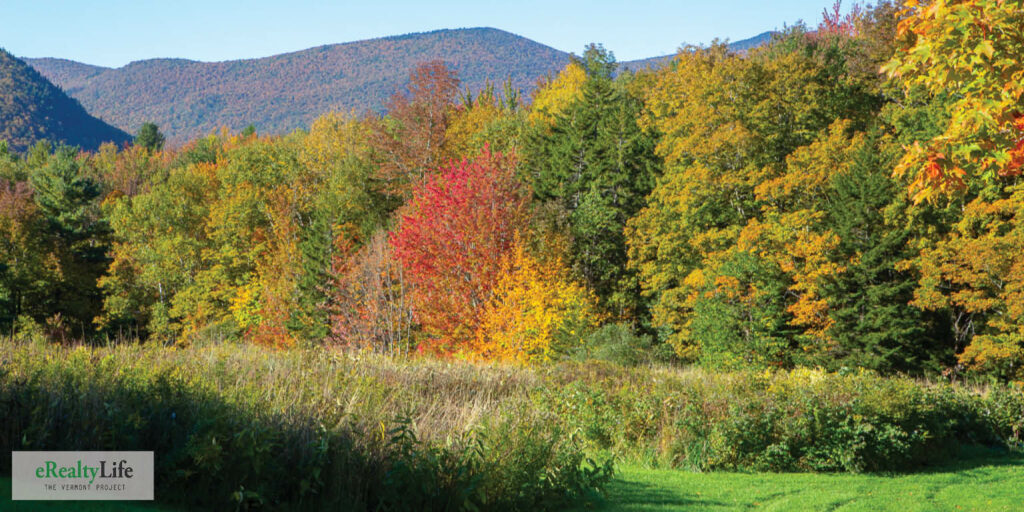
We’ve only experienced one other year of fall foliage, forever memorable to us because fall 2016 is when we found out this property was for sale. This year’s color is nice, but nothing could top our enthusiasm of two years ago.
Getting the RV ready
During this visit we plan to stay in the RV, which is exciting because it will be our first time to spend the night on the property. We have to figure out how to get power, water, and sewer lines attached to the RV. We’ll also have to decide what items can safely stay here during the winter months and what must return with us to Texas.
Water: Our builder is still working on his primary project, but he stopped by the other day to see how we’re doing. He offers suggestions for getting well water uphill to the RV that involves purchasing some fittings and a roll of black plastic waterline. We purchase a Grundfos automatic pump from Rain Brothers that we place in the spring well. Using a pickaxe we found in the farmhouse, we dig a shallow trench from the RV down to the well, just deep enough that we can mow and drive over it without damaging the line. We bury the black waterline and some electrical cable, wire up an all-weather outlet, plug in the pump, and (after a few false starts) the water is flowing.
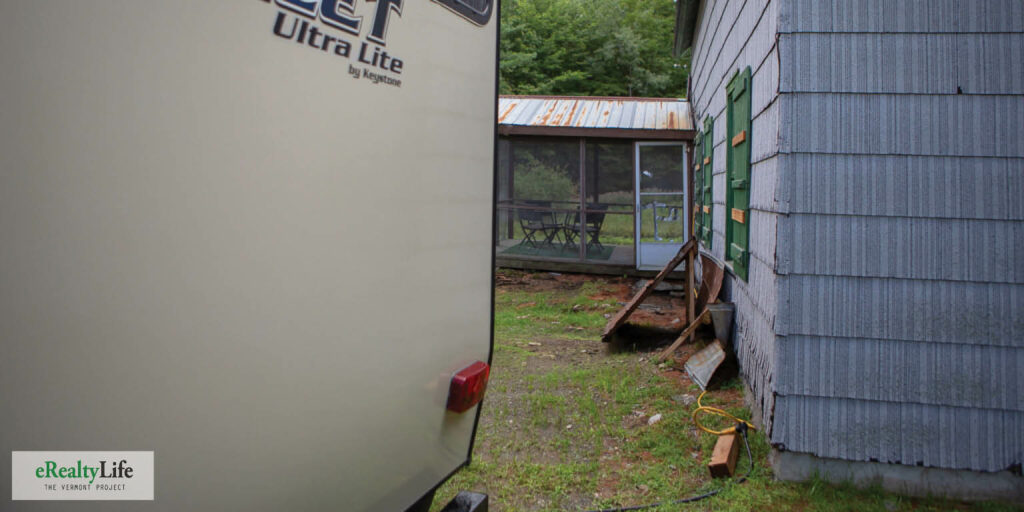
Electrical: Getting power to the RV is fortunately not as complicated. There are only two breakers in the circuit breaker box on the house, one 15-amp and a 20-amp. After buying a 30-amp breaker and an RV plug outlet, we snake the cord under and around doors to get power to the RV.
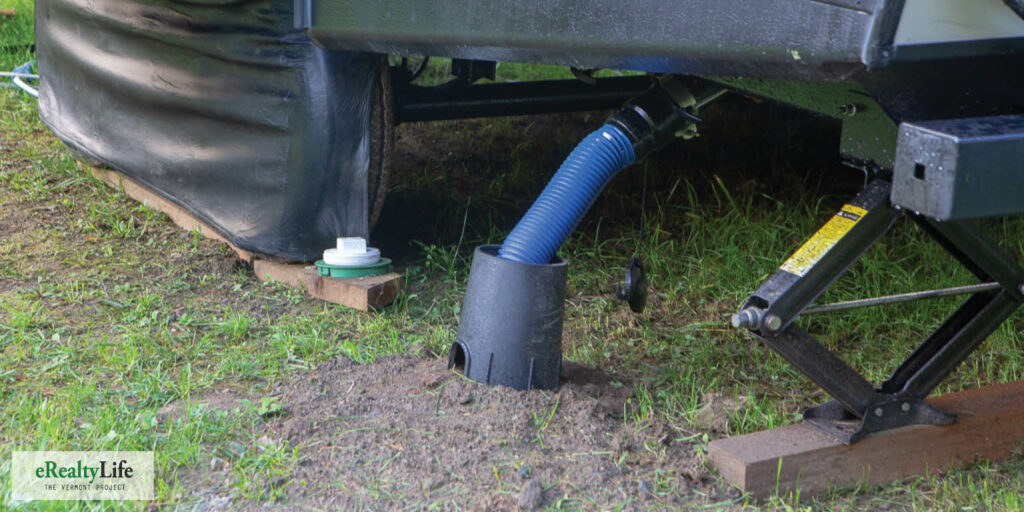
Sewer: With help from the local excavator, we connect a temporary four-inch PVC pipe to the existing septic tank and locate the other end near the rear of RV. The lightweight plastic sewer hose hooks up to the opening just like in the RV parks we visited getting the RV to Vermont.
So many firsts
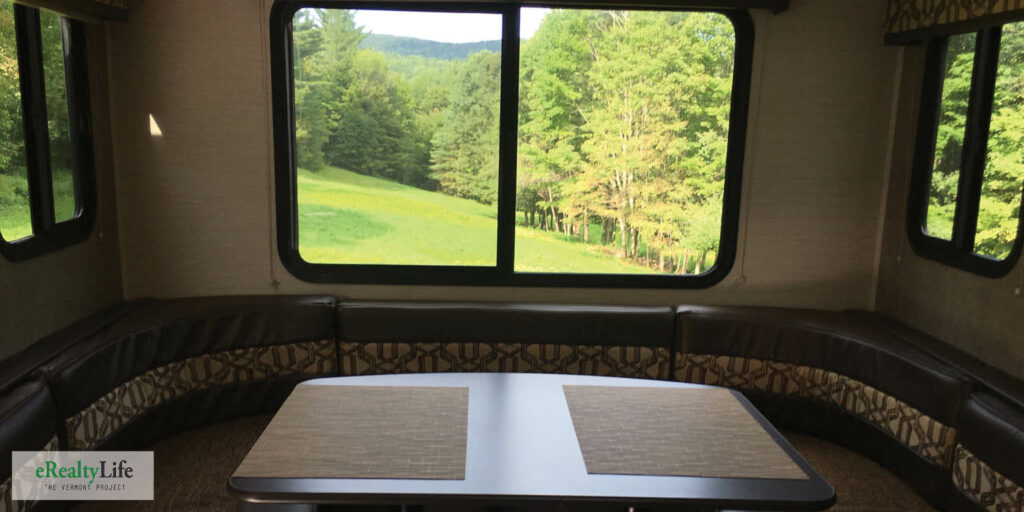
We cross off another item on the list of six core decisions; we now have another place to stay. Knowing we now have utilities, family helps nudge us from the comfortable nest they’ve provided (for years!). The leaves are turning and they’re expecting a full house of prime-time leaf peepers, so our timing in getting the RV inhabitable could not have been better. For the first time at the property we see the night sky, listen to all the different night sounds, and wake to the morning light. We sit at the dining table in front of the window and enjoy the view, for what seems like the first time. This feels different, and in a very good way.


